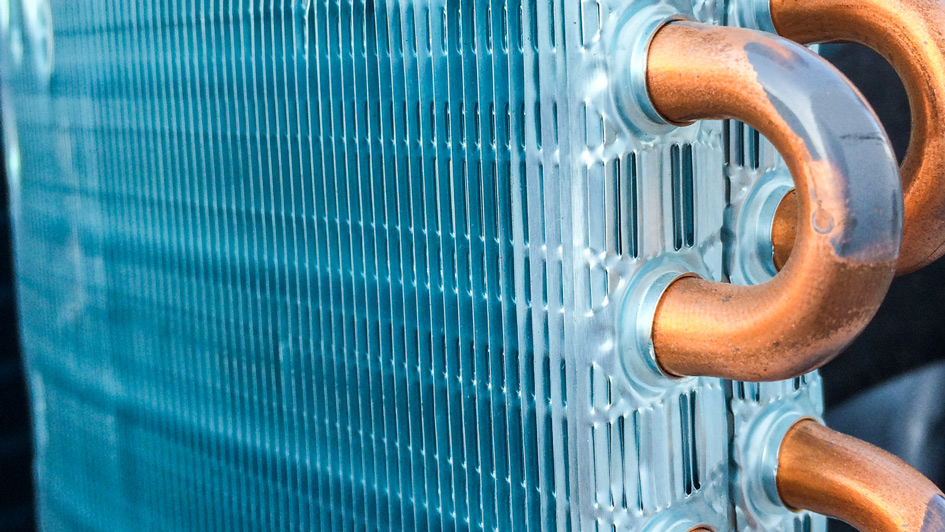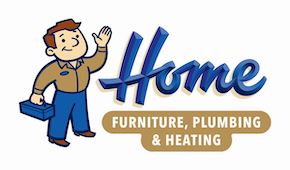
A furnace is usually a background player in your home, ensuring you're warm in the cold winter months. It often won't be noticed until a malfunction appears.
One root cause could be that your furnace has a cracked heat exchanger. It can potentially be hazardous, so it’s critical to know the signs of a cracked heat exchanger and what you can do if you suspect that is the problem.
What Is a Heat Exchanger in a Furnace?
A heat exchanger helps transition heat from the combustion chamber inside your furnace to the air that moves inside the ventilation. It generally accomplishes this via coils or tubes that heat the air while functioning as a barrier to keep the gasses produced in the combustion chamber, called flue gasses, from escaping out into your home.
Is a Cracked Heat Exchanger Dangerous?
Because of its key role, it shouldn't come as a surprise that a damaged heat exchanger can be hazardous. A damaged heat exchanger can enable dangerous gasses – including carbon monoxide, which can be lethal – to be distributed across your home.
For obvious reasons, don't ever use your furnace if you think it has a cracked heat exchanger, as doing so could make the entire household ill. Reach out to an HVAC professional as soon as possible if you think your heating has a cracked heat exchanger that should be repaired.
Four Warning Signs of a Cracked Heat Exchanger:
- Furnace switches off: Cracks in the heat exchanger could cause your furnace to turn off.
- Unusual Smells: If the air leaving your furnace has a powerful chemical scent, it might be evidence gas is slipping through cracks in your heat exchanger. These gasses, which can smell like formaldehyde, are a common warning sign.
- Carbon monoxide alarm is triggered or you notice symptoms of poisoning: If a cracked heat exchanger is relieving carbon monoxide into your home, your carbon monoxide alarm could go off or household members might start experiencing signs of carbon monoxide poisoning. Complications include headaches, dizziness, weakness, nausea, vomiting or feeling drowsy. If the alarm goes off or you feel unwell, exit the home right away and then call for help.
- Soot: If you find black sooty collecting near the exterior of your furnace, it’s another sign something may be seriously wrong.
What You Should Do if the Furnace Heat Exchanger is Cracked
If you believe your furnace has a cracked heat exchanger, hire a pro with extensive experience in furnace installation Kankakee right away so they can examine your system and, if necessary, start a furnace heat exchanger replacement. Costs should vary depending on the situation, but estimates can roughly suggest $1,000 to $3,000.
Estimates aside, the good news is that heat exchangers are often covered by the warranty. You’ll want to check the warranty paperwork on your furnace, since while the warranty may not cover the entire cost of repairs, it can significantly reduce your bill.
How to Prevent a Cracked Heat Exchanger in Your Home
One of the best ways to prevent a problem in your furnace overall is via routine furnace maintenance. Furnaces work the best when they work efficiently. Contacting a certified professional to examine your furnace for old parts, clogged filters and other common problems can keep you from getting a big bill later on.
It’s also a good idea to take a look at your furnace filters every few months – it’s recommended some filters be replaced every 90 days or sooner if they are dirty or grimy. While the filters aren't connected to the heat exchanger itself, the strain of pulling air through a clogged filter makes your entire furnace work longer to complete its job. And the harder your furnace needs to run, the more wear and tear components like the heat exchanger will sustain.
